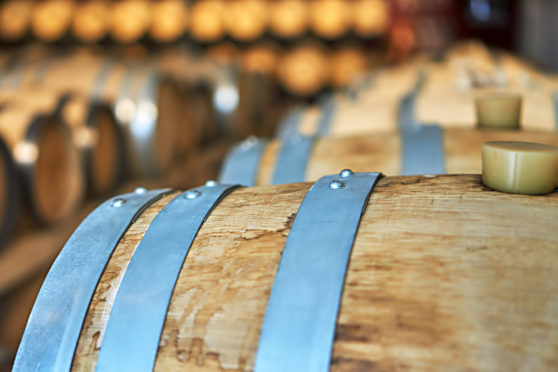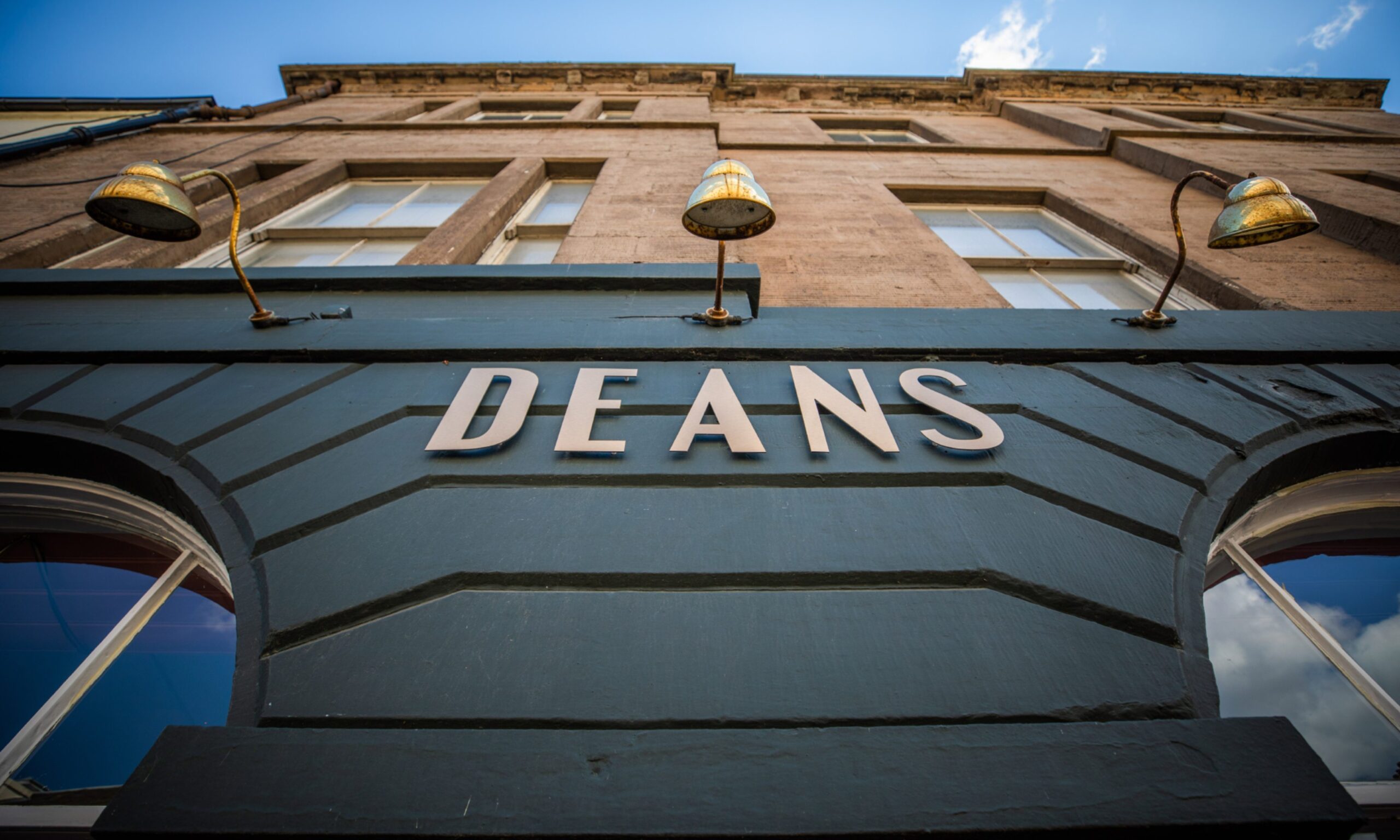There has been a big surge in Scotch Whisky exports over the past year, according to buoyant figures issued some weeks ago by the SWA (Scotch Whisky Association). For the first time annual figures have topped the £5.5 billion mark, which is quite a boost on the £4-plus billion not long ago.
Some of this growth can be attributed to the mushrooming demand for good single malts which, as they are bottled and packaged in Scotland, earn considerably more per unit that bulk-blend exports which leave these shores in 25,000-litre tankers or tanktainers to be diluted and bottled overseas.
However, I suspect another factor contributed to the boom, and that was fear of Brexit. With the dire prospect of a no-deal Brexit looming in the months leading up to March 29, one can assume that importers in many countries, both in Europe and elsewhere, stockpiled Scotch to ensure they got it at existing prices and (where they applied) tariffs rather than those that would have applied had trade with the UK gone onto WTO terms.
Although one can rejoice at the boom and the heartening figures for the industry, the next set of export figures may be more sobering. However, if the UK lands in the same five-to-midnight fankle this coming October faced with the next Brexit deadline, we may see another surge of Scotch whisky stockpiling, followed by another slump when the UK gets another extension or finally flounders out with some sort of deal.
I recall the late Margaret Thatcher was an unpopular figure in Scotland, but she had two redeeming qualities. She liked her whisky and, because she and husband Denis had both worked in industry, they understood the needs and disciplines of industry—something the vast majority of current MPs, and ministers, are bereft of.
Worse, even when industry bodies such as the CBI, the Institute of Directors and industrial trades unions told ministers and MPs the devastating effect a no-deal Brexit would have on industry, their collective reply often seemed pretty close to Boris Johnson’s deplorable four-letter brush-off.
Luckily, the Scotch whisky industry has great long-term strengths and a world-wide repute that will see it survive, and thrive, despite the ongoing Brexit turmoil. Other industries may not be so lucky.










